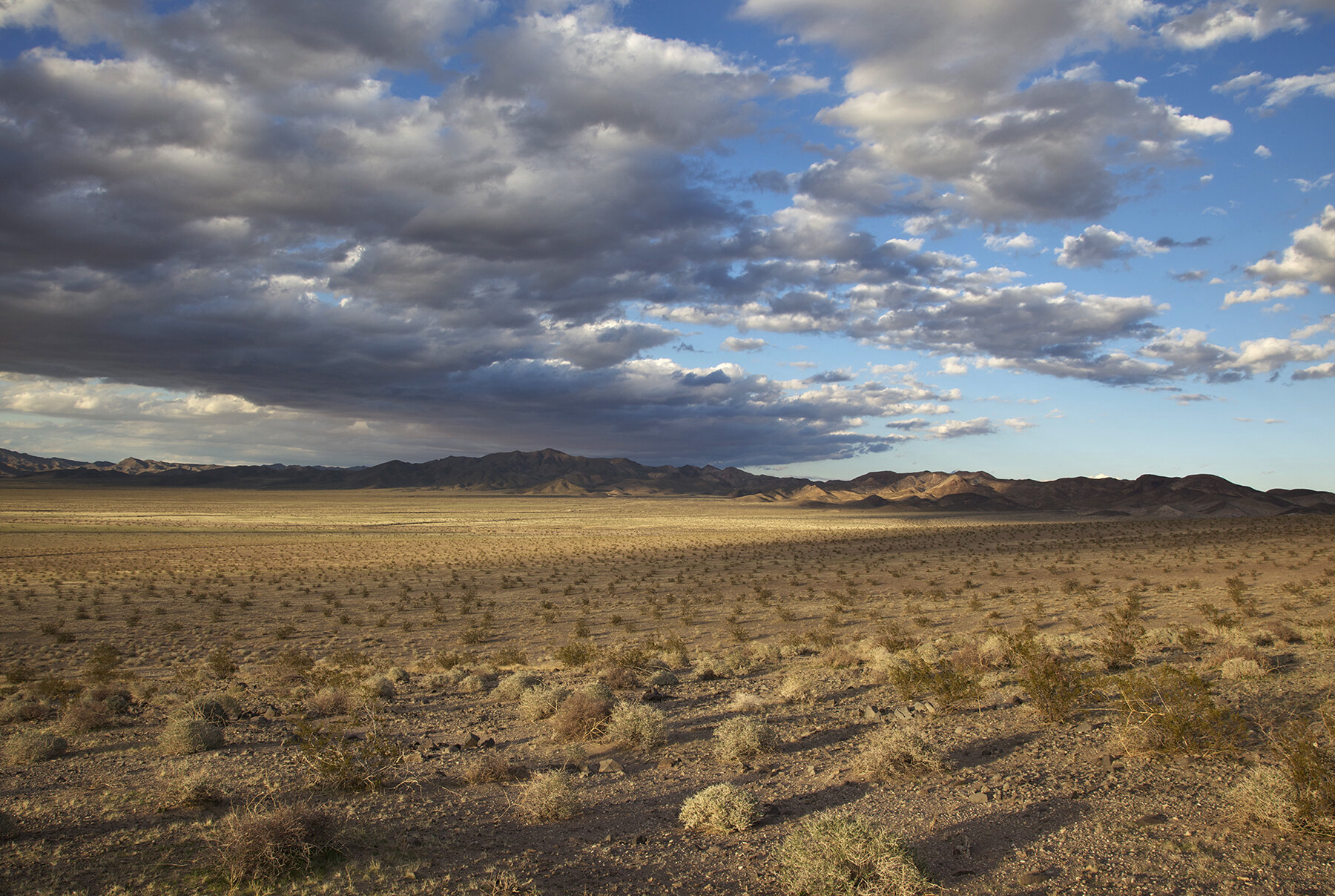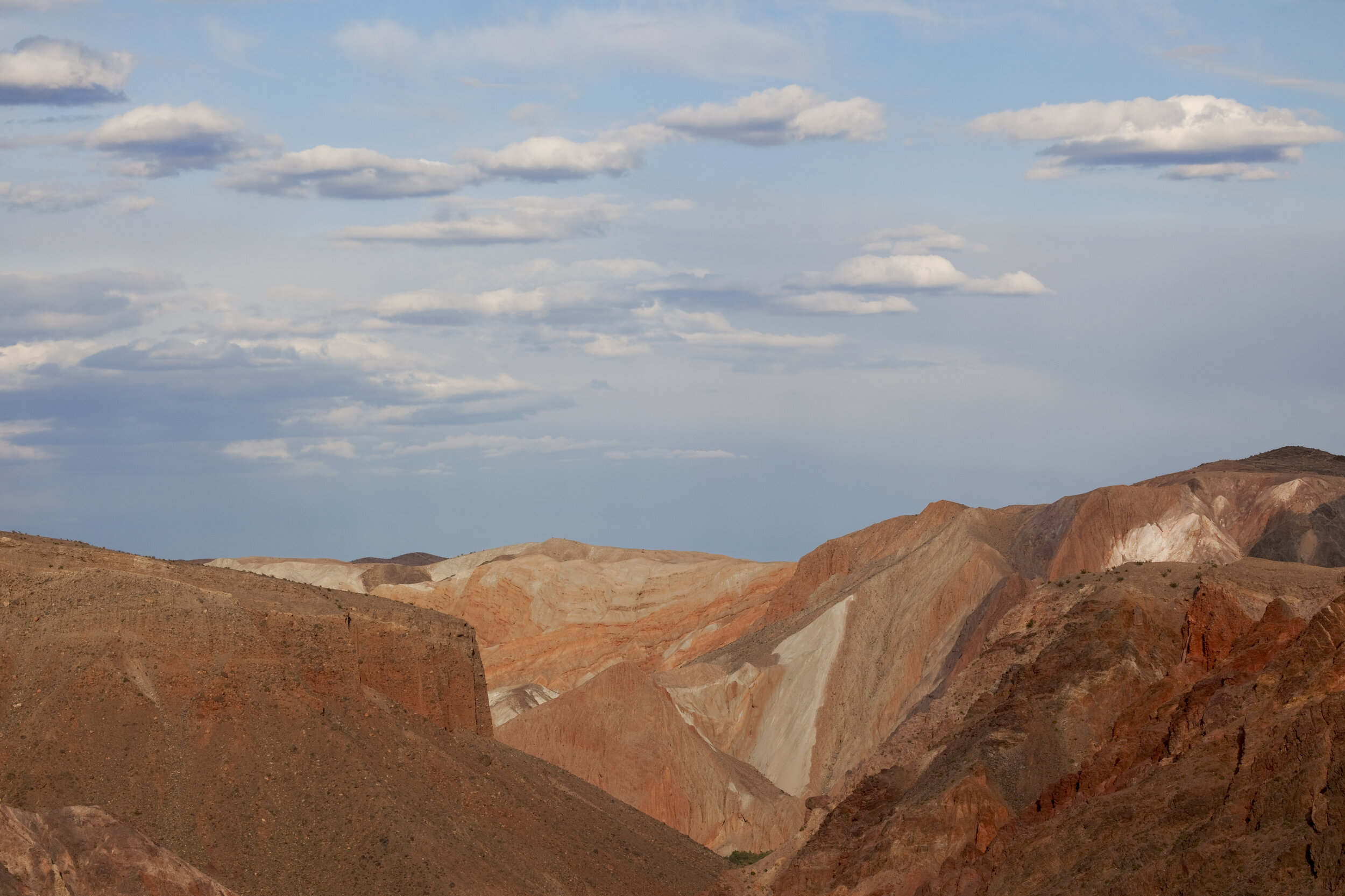
MOJAVE TRAILS NATIONAL MONUMENT
Nearly two decades ago, The Wildlands Conservancy made the largest conservation land gift in American history when Wildlands donated 587,000 acres in the Mojave Desert to the U. S. Department of the Interior. More than 100,000 acres of these gifted lands were private inholdings in Joshua Tree National Park and Mojave National Preserve. Another 210,000 acres were private inholdings in twenty federally designated Wilderness Areas. The majority of the remaining donated lands created a landscape linkage connecting Mojave National Preserve, Joshua Tree National Park and fourteen Wilderness Areas in the heart of the Mojave Desert which The Wildlands Conservancy proposed to become Mojave Trails National Monument. After several attempts by desert champion Senator Dianne Feinstein to create the National Monument legislatively, The Wildlands Conservancy rallied the presidents and executive directors of almost every national environmental organization to join Wildlands in petitioning President Obama, with the support of Senator Dianne Feinstein, to create the National Monument, as many presidents have done in the past, by using The Antiquities Act.
On February 12, 2016, President Obama designated the 1.6-million-acre Mojave Trails National Monument by executive order using The Antiquities Act. Senator Feinstein and The Wildlands Conservancy’s Executive Director at the time, David Myers, met President Obama in the Oval Office to celebrate. This was the pinnacle of an almost twenty-year effort to preserve the heart of the Mojave Desert for conservation, recreation, and unparalleled inspiration.
“This is the pinnacle of a fifteen-year effort to preserve the physical heart of the Mojave Desert for conservation, recreation, and unparalleled inspiration, a milestone in our fifteen-year quest to preserve the heart of the Mojave Desert.”
— David Myers, President
DISCOVER MOJAVE TRAILS
Click below to explore the heart of the Mojave Desert through our interactive story map of Mojave Trails.
THE NATIONAL TREASURES AT THE HEART OF THE MOJAVE DESERT
A vast array of national treasures are protected by the Mojave Trails National Monument. These treasures include:
A portion of California's largest cactus garden;
Pisgah Lava Flow—the most researched area in North America for the effects of volcanism on evolution;
Amboy Crater—a National Natural Landmark;
Sleeping Beauty Valley—the last intact valley representing the West Mojave plant associations;
Cady Mountains—one of the best areas in the Mojave to see bighorn sheep;
Afton Canyon—the Mojave River flows year-round amid colorful canyon walls;
Marble Mountains Fossil Beds—site of 550 million-year-old fossils of trilobites, which were among the first animals on earth with eyes and skeletons;
Wildlife and recreational corridors that connect two national parks and 13 wilderness areas—a refuge for campers and explorers, bighorn sheep, desert tortoises, and fringe-toed lizards.
The Monument preserves the most pristine, undeveloped remaining stretch of historic Route 66, the Mother Road, which is arguably the most famous highway in America—perhaps in the world. Created in 1926 as part of the nation's first system of federal highways, Route 66 became popular as the shortest, best-weather route across the country. Linking Chicago to Santa Monica, it helped transform America into the automobile-oriented society it is today. Through literature (John Steinbeck), film, television and song, it became an international icon. In 2008, the World Monuments Fund designated Route 66, along with such world heritage sites as Machu Picchu and Shanghai, as a threatened resource on their Watch List of 100 Most Endangered Sites. The March 2009 Smithsonian Magazine recognizes Route 66 as one of the "15 Must-See Endangered Cultural Treasures."

Afton Canyon

Marble Mountains

Mojave Trails National Monument

Amboy Crater
